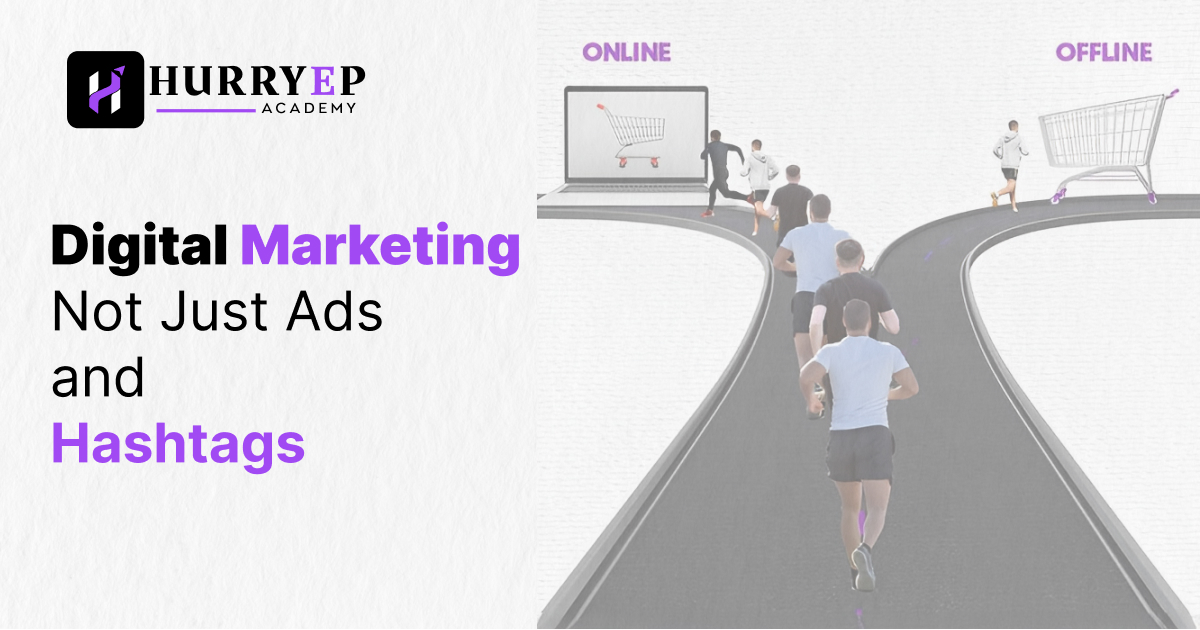
How Can UI/UX Design Improve User Experience and Retention?

Paid advertisements, such as Google Ads, can rapidly boost website traffic. Paid traffic can increase visibility, which can eventually draw in organic backlinks and raise your ranking, even though it has no direct impact on SEO.
- PPC campaigns can be used to target specific keywords.
- Bring in targeted visitors to pages with high conversion rates.
What is UI/UX Design?
Let’s clarify these terms before we examine how UI/UX design affects user experience and retention:
UI Design
The visual components and arrangement of an interface, such as buttons, icons, text, colors, and typography, are referred to as UI design. The way a product appears and is used by the user is the main focus of UI design.
UX Design
The overall experience users have when interacting with a product is the focus of UX design. It emphasizes usability, functionality, and the experience users have while using the product.
How UI/UX Design Improves User Experience
User experience is all about how users feel when interacting with a product. Great UI/UX design ensures users have a positive, hassle-free experience. Here’s how:
Streamlined Navigation
When users can easily navigate a website or app, they spend less time searching for what they need. This leads to a more efficient and enjoyable experience. For instance, placing important menu items in predictable, visible places allows users to access them quickly.
Attractive and Consistent Design
A visually appealing interface draws users in and encourages them to explore more. Consistent design elements—such as buttons that look the same across all screens—help reduce cognitive load and make the experience feel familiar and trustworthy.
Clear Call-to-Action (CTA)
The design should guide users toward the next step seamlessly. Buttons or links with clear, actionable text (e.g., “Sign Up” or “Learn More”) help users know exactly what to do next without confusion.
Mobile-Friendly Design
Since many users access websites and apps from their phones, having a responsive design that adapts to different screen sizes is crucial. A mobile-optimized design ensures that users have a smooth experience, regardless of their device.
UI/UX Design’s Impact on User Retention<
User retention is all about keeping your users engaged over time. An excellent UI/UX design does more than just attract users—it encourages them to return again and again. Here’s how effective design can increase retention:
Personalized User Experience
A sense of familiarity and engagement can be generated by tailoring the experience according to user behavior, preferences, and past interactions. E-commerce platforms, for instance, frequently provide users with customized product recommendations based on their browsing history, giving them a more individualized experience.
Quick Load Times and Smooth Performance
Users are more likely to stop using an app or website if it is unresponsive or slow. Retaining users requires optimizing load times and making sure interactions run smoothly. A positive user experience is the result of elements loading quickly and efficiently thanks to a well-designed UI/UX.
Regular Updates and Improvements
Making design changes based on user feedback can help users feel appreciated. By continuously improving the design, whether through bug fixes, new features, or general usability improvements, the product remains relevant and interesting for users.
Reduced Frustration
A well-considered, user-focused design aids in minimizing potential sources of annoyance. For instance, a frustration-free experience is facilitated by unambiguous error messages, a simple checkout procedure, and intuitive navigation. Customers are more likely to use a product again when they feel secure and at ease.
Real-World Example: The Power of UI/UX Design in Retention
Consider a fitness app as an example. With aesthetically pleasing icons for various sections like workouts, progress tracking, and settings, a well-designed user interface guarantees that the app’s dashboard is clear and simple to read. UX design, on the other hand, makes sure that the app’s features—like a quick sign-up process, seamless workout tracking, and simple wearable syncing—flow naturally from one to the next. The experience is made even more interesting if the app suggests workouts according to the user’s fitness level and development.
Conversely, a badly designed app may lack personalized features, have slow performance, and have confusing navigation. Users would probably become irritated, stop using the app, and never come back.
Design with Users in Mind
Creating an aesthetically pleasing interface is only one aspect of good UI/UX design; another is making sure that users have a smooth, simple, and joyful experience. Every aspect of the design, from intuitive navigation to customized experiences, affects how customers interact with a product and their likelihood of coming back.
Companies that put a high priority on user-centered design stand to gain from increased user retention and satisfaction. Businesses can produce digital experiences that not only draw users in but also retain them by emphasizing both the usability (UX) and aesthetics (UI) of a product.





